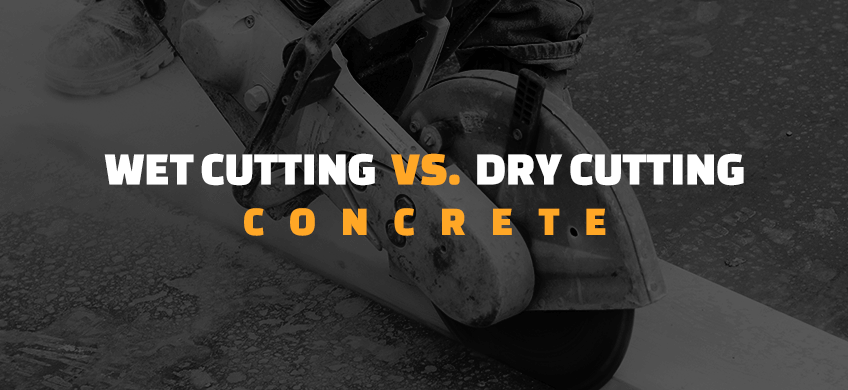Wet vs. Dry: Unraveling the Differences Between Wet and Dry Concrete Cutting
Introduction
Concrete cutting, a common operation in the construction industry, can be done using either wet or dry cutting methods. Each method comes with its unique set of advantages and disadvantages, and understanding these differences is essential to make an informed decision for your project. This article seeks to highlight the differences between wet and dry concrete cutting, shedding light on their distinct features, advantages, and potential drawbacks.
Wet Concrete Cutting
In wet concrete cutting, water is used as a cooling agent to prevent the diamond blade from overheating. The water also helps in controlling dust produced during the cutting process.
Advantages:
- Dust Control: The water significantly reduces the amount of dust generated during the cutting process, thereby minimizing health risks associated with dust inhalation.
- Blade Preservation: Water cools the blade, reducing the wear and tear from the heat generated during cutting. This leads to a longer blade lifespan.
- Noise Reduction: Wet cutting generally produces less noise compared to dry cutting, contributing to a more favorable working environment.
Drawbacks:
- Messy: Wet cutting can produce a slurry that can be messy to clean up.
- Not Suitable for All Environments: Wet cutting is not advisable in environments where water can cause damage or create a slipping hazard.
- Limited Mobility: Wet cutting requires a water source, which can limit the mobility of the operation.
Dry Concrete Cutting
Dry cutting, as the name suggests, does not involve the use of water. It’s often used in indoor settings or places where water use is not feasible or desirable.
Advantages:
- Mobility: Dry cutting does not require a water source, making it more flexible and adaptable to different environments.
- Quick Setup: Dry cutting usually has a quicker setup time as you don’t need to prepare a water source.
- No Slurry: Dry cutting does not produce slurry, reducing cleanup efforts.
Drawbacks:
- Dust Production: Dry cutting produces a significant amount of dust, which can pose health hazards if not controlled.
- Noise: Dry cutting tends to be noisier than wet cutting, which may be a concern in certain environments.
- Shorter Blade Life: Without water to cool it down, the blade tends to overheat, which may reduce its lifespan.
Conclusion
When choosing between wet and dry concrete cutting, it’s essential to consider the specific needs of your project. Wet cutting is generally preferred when dust control, blade preservation, and noise reduction are priority considerations. On the other hand, dry cutting might be a better choice when flexibility and mobility are essential, or when water use is not desirable or possible. Whichever method you choose, it’s crucial to ensure that safety precautions are followed to protect the workers and the integrity of the project.


Write a Comment